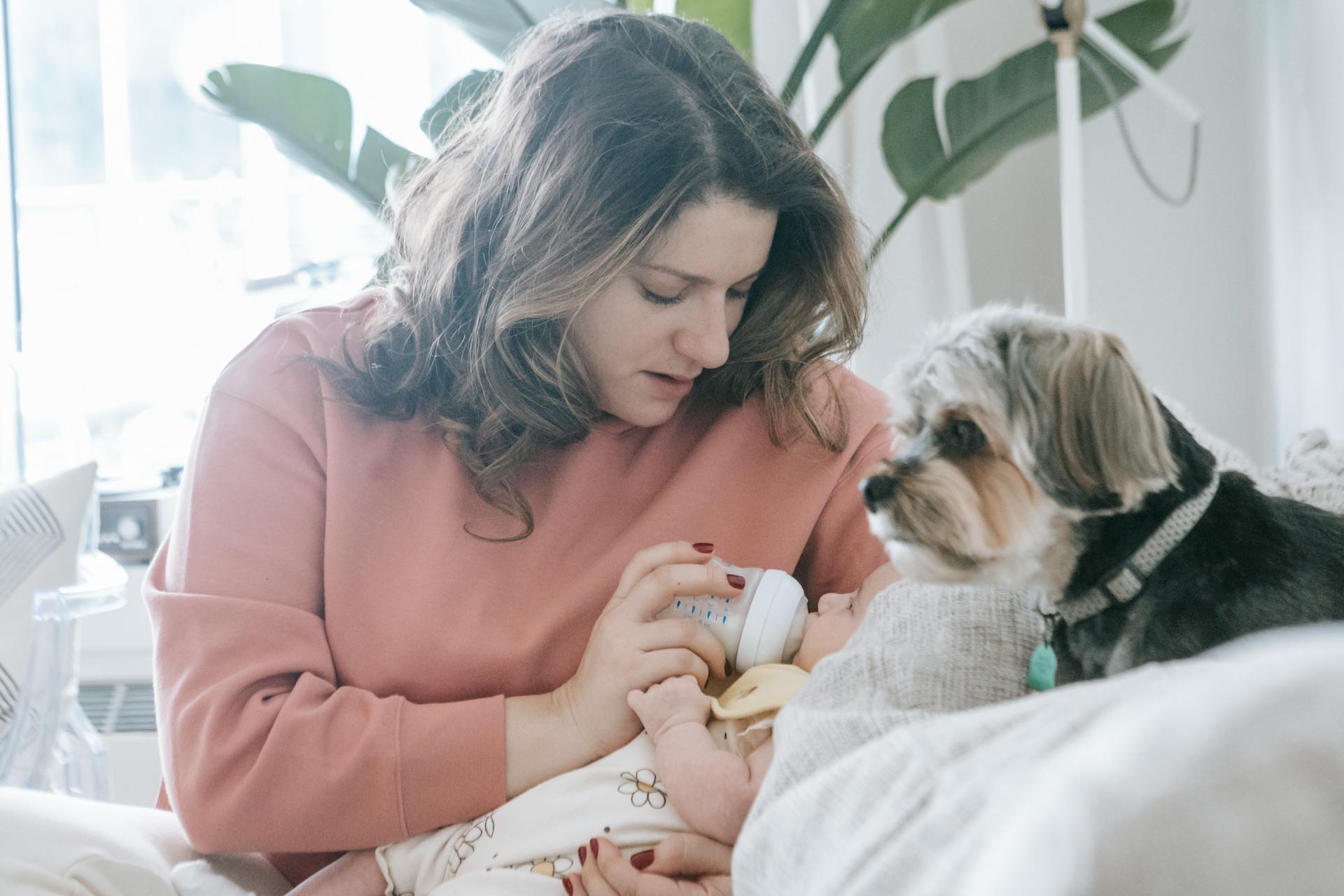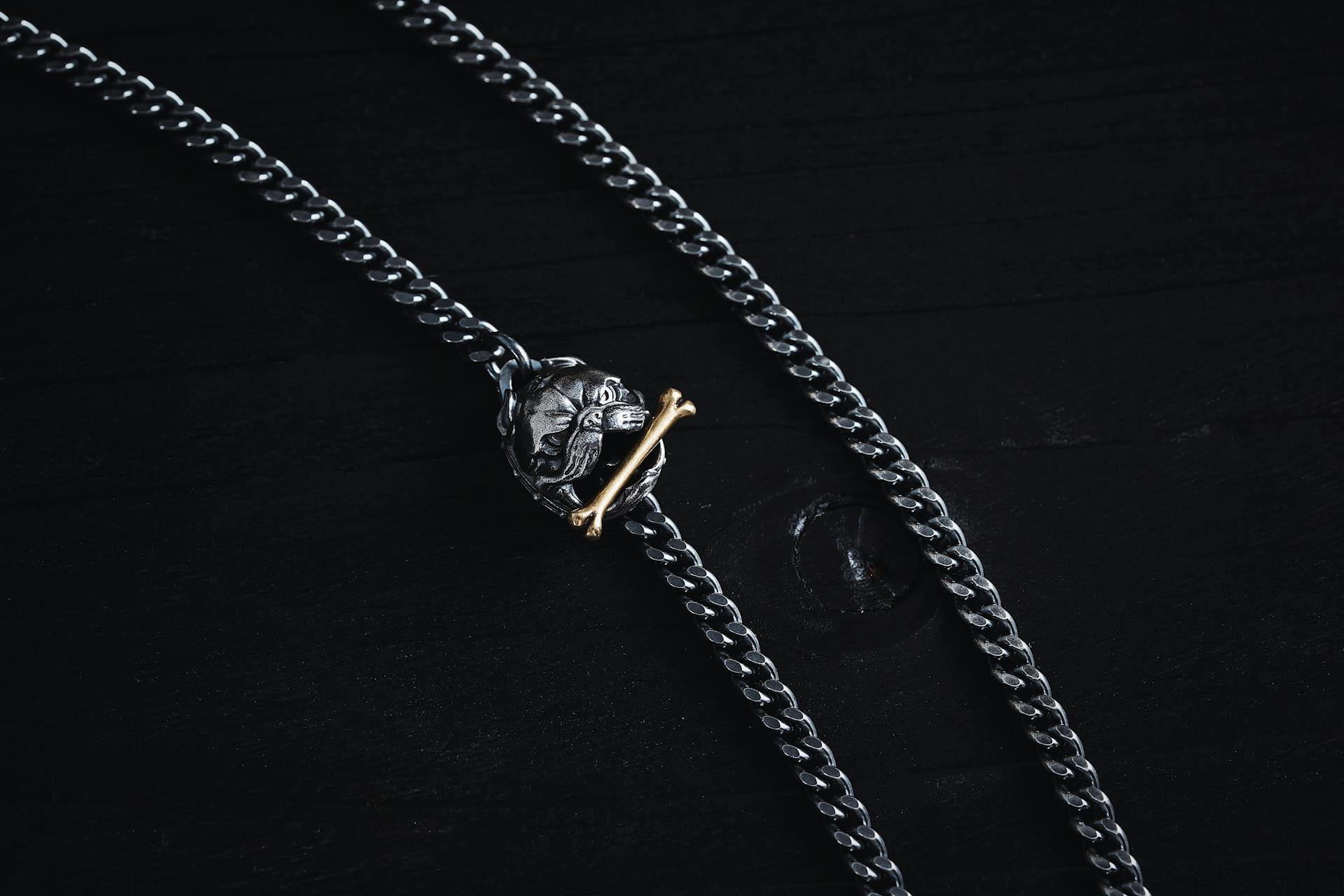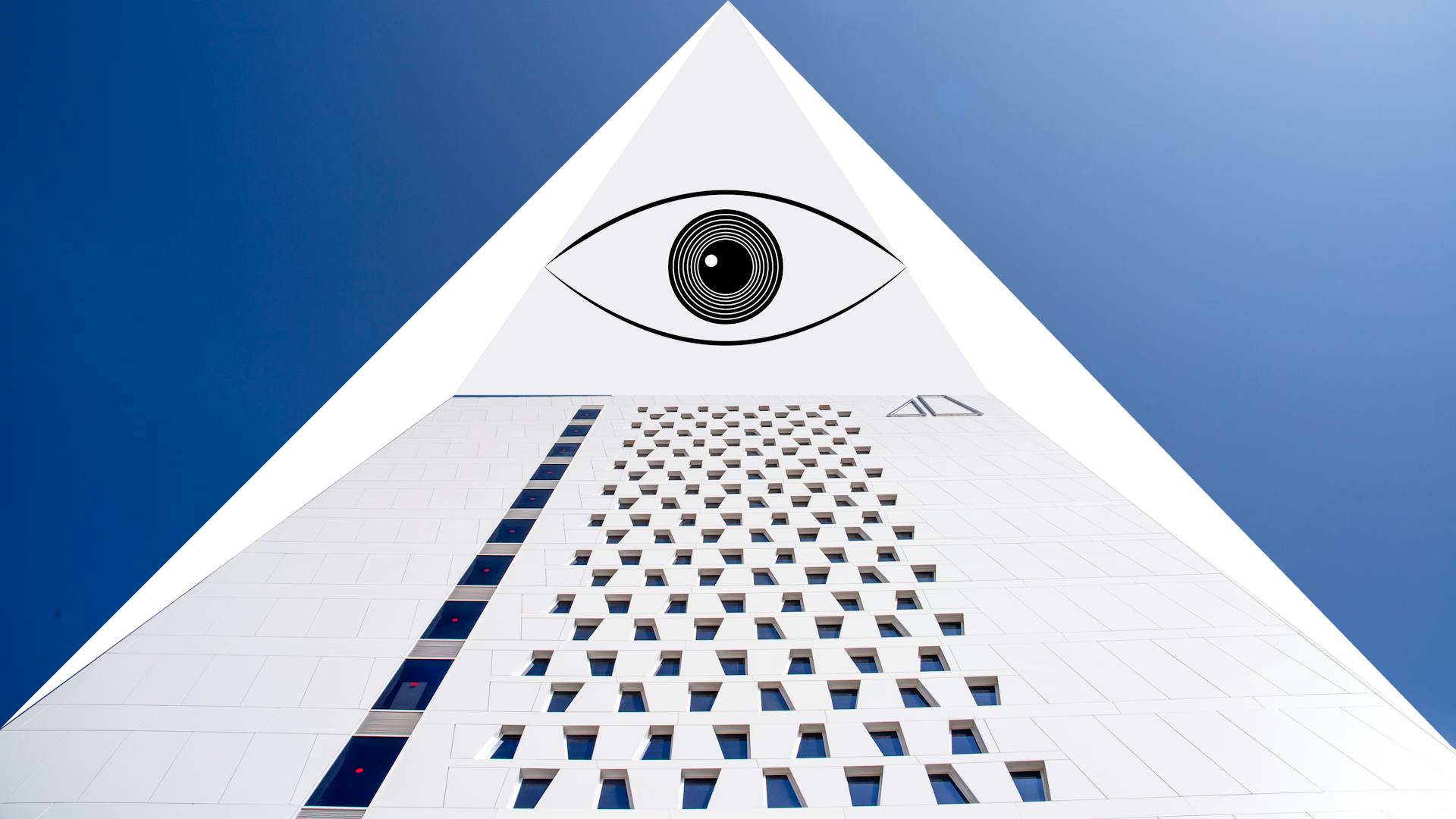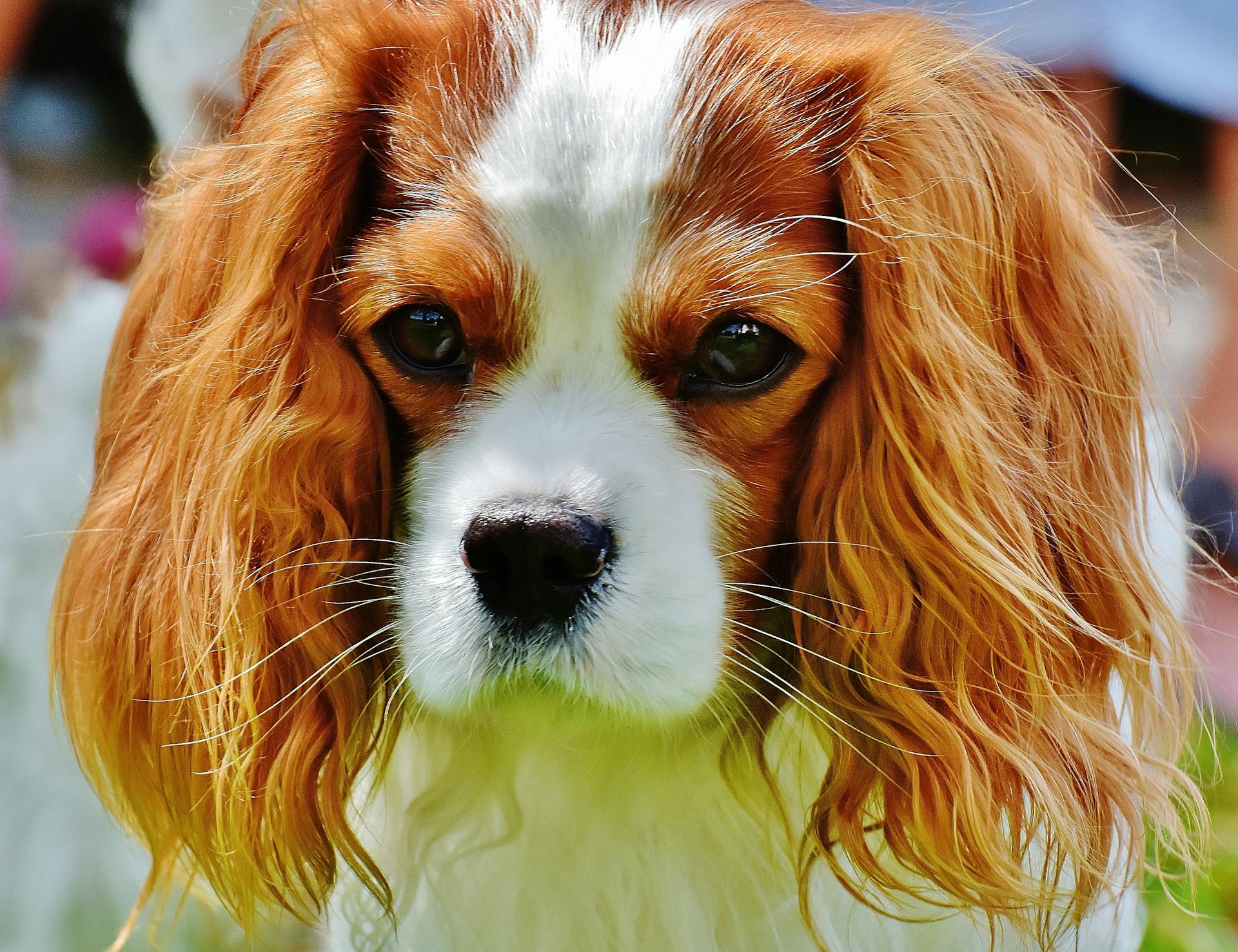
If you're considering bringing a small dog into your life, you're likely weighing your options between two adorable breeds: the Havapoo and the Havanese. The Havapoo is a cross between a Havanese and a Poodle, while the Havanese is a purebred breed originating from Cuba.
The Havapoo typically weighs between 7-13 pounds and stands between 8-11 inches tall. In contrast, the Havanese usually weighs between 7-13 pounds and stands between 8.5-11.5 inches tall.
One key difference between the two breeds is their grooming needs. The Havapoo requires regular grooming every 4-6 weeks, while the Havanese needs to be groomed every 6-8 weeks.
Additional reading: Havanese vs Cavapoo
Temperament and Personality
Havapoos are loving, affectionate companions who thrive on human interaction and attention. They're a delight to train using positive reinforcement, but be mindful of treats as they can put on weight.
They're generally good with other family pets, including cats and other dogs, but do require daily exercise and stimulation to be happy and healthy. Havapoos are not typically yappy dogs, but they can be quick to bark when someone new approaches.
They're intelligent and eager to please, which makes them easily trainable. However, they can become independent and mischievous due to their high intelligence.
Havapoos are prone to separation anxiety and dislike being left alone, so they need plenty of attention and interaction. They're also very social and get along well with strangers, children, and seniors.
Their playful and gentle nature makes them a great breed for families with older kids. However, they can be a bit fragile, so young children need to be supervised around them.
Havapoos are known for being gentle and friendly, with a playful and lively personality. They bond easily with their families and are eager to please, but can sometimes struggle with separation anxiety.
Care and Health
Havapoos are generally considered healthier than their purebred Poodle and Havanese parents, thanks to hybrid vigor, which can increase their average lifespan to about 10 to 15 years.
However, like any breed, Havapoos can inherit health issues common in their parental breeds. These may include hip and elbow dysplasia, patellar luxation, dental problems, eye disorders like progressive retinal atrophy and cataracts, allergies and sensitivities, hypothyroidism, epilepsy, ear infections, deafness, and Addison's disease.
Regular grooming is essential for Havapoos, as they are non-shedding and considered hypoallergenic. They require weekly brushing or combing to remove dead hair, prevent knots, and keep their coat shiny and healthy.
Health
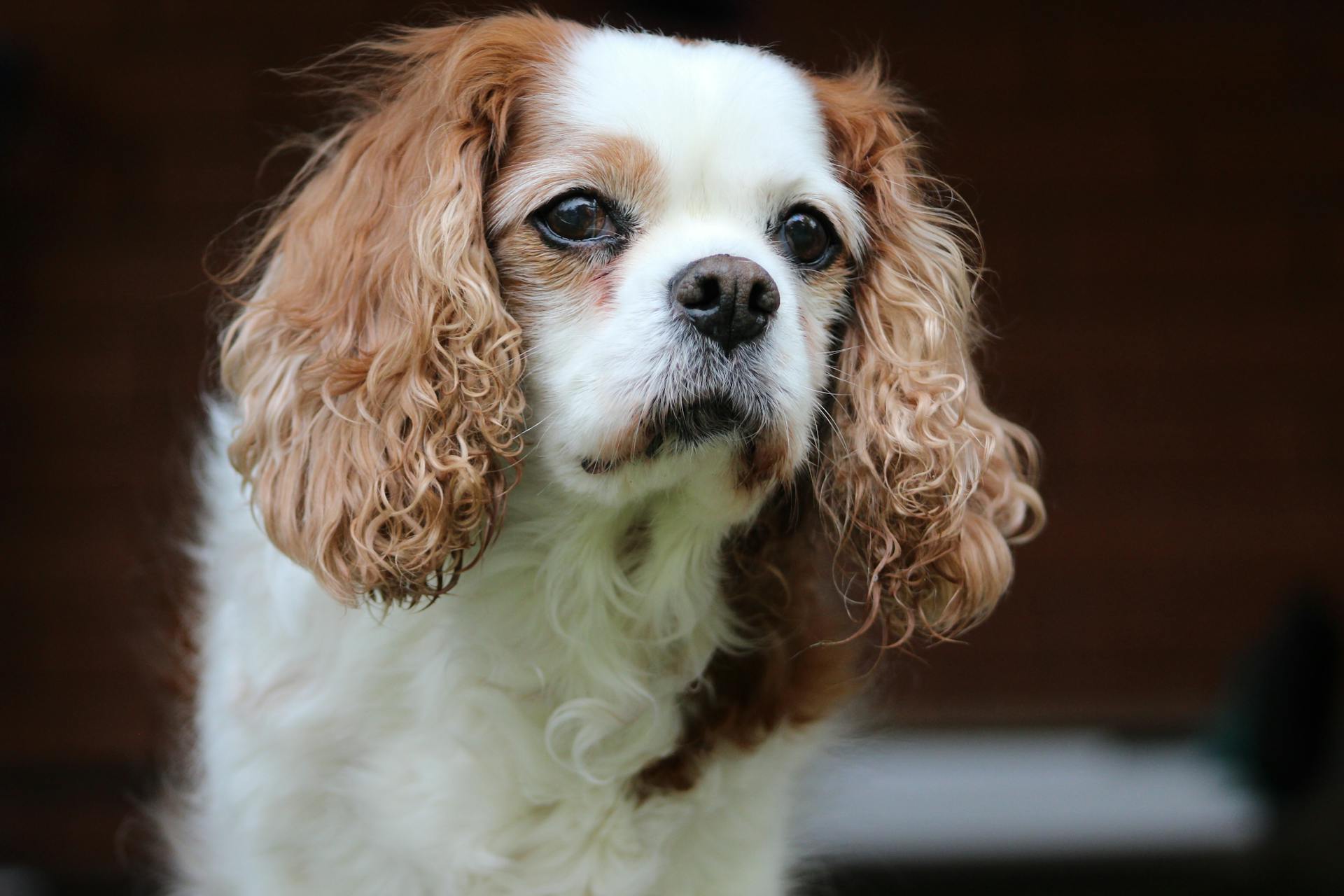
Havapoos are generally considered a healthy breed, thanks to the benefits of hybrid vigor. However, like any other breed, they can inherit certain health issues from their parents.
One of the common health concerns in Havapoos is hip and elbow dysplasia, a condition that affects the joints. This can lead to arthritis and mobility problems later in life.
Dental problems are also a concern in Havapoos, as they can be prone to tooth decay and gum disease. Regular brushing and dental check-ups can help prevent these issues.
Eye disorders like progressive retinal atrophy (PRA) and cataracts can affect Havapoos, causing vision loss and blindness. Regular eye exams can help detect these conditions early on.
Havapoos can also be susceptible to allergies and sensitivities, which can cause skin problems and ear infections. A hypoallergenic diet and regular grooming can help alleviate these issues.
Some Havapoos may be prone to hypothyroidism, a condition where the thyroid gland doesn't produce enough hormones. This can cause weight gain, skin problems, and other issues.
For your interest: Havanese Skin Issues
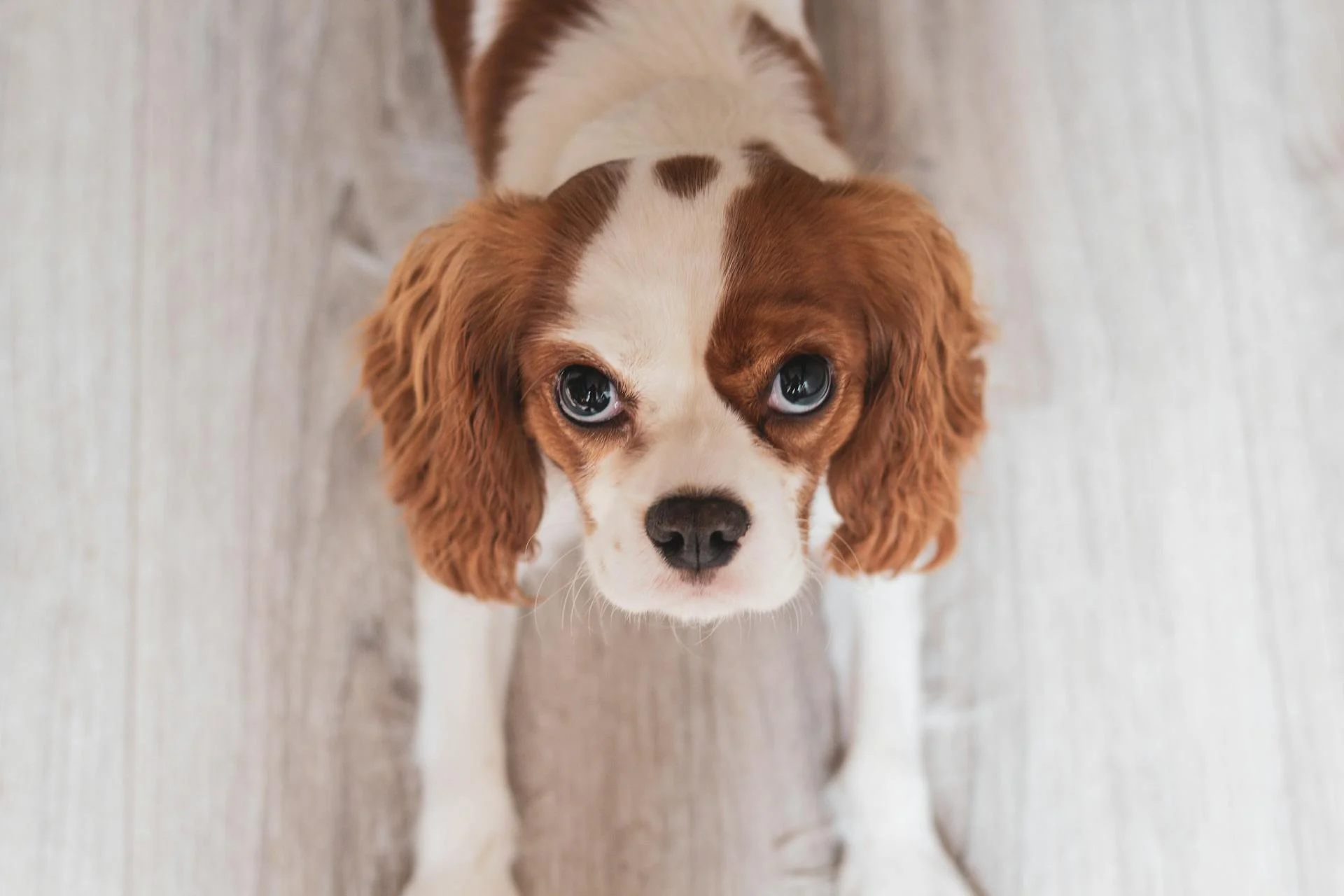
Epilepsy is another condition that can affect Havapoos, causing seizures and other neurological problems. Regular veterinary check-ups can help detect this condition early on.
Deafness and ear infections are also common in Havapoos, due to their small ear canal size. Regular ear cleaning and veterinary check-ups can help prevent these issues.
Addison's disease is a rare condition that can affect Havapoos, causing adrenal gland problems. This can cause symptoms like weight loss, skin problems, and lethargy.
Here are some common health issues that can affect Havapoos:
- Hip and elbow dysplasia
- Patellar luxation
- Dental problems
- Eye disorders like PRA and cataracts
- Allergies and sensitivities
- Hypothyroidism
- Epilepsy
- Ear infections
- Deafness
- Addison's disease
Care and Health
Havapoos need at least an hour of exercise and playtime each day to stay happy and healthy.
They're not lazy dogs, but they're not excessively active either, so a moderate amount of physical activity is perfect for them.
Positive reinforcement is the key to successful training with Havapoos, as they're highly trainable and love to please their owners.
Their intelligent nature makes them excellent readers of their owner's mind and tone, so be sure to praise and encourage them in the right moments.

To avoid behavioral problems, it's essential to provide Havapoos with plenty of mental and physical stimulation throughout the day.
If your Havapoo is on the energetic side, plan for one to three hours of activity per day, several times a week.
They'll happily trot by your side on walks and may even enjoy going for several miles.
Related reading: How Much Food Should a Havanese Eat per Day
Physical Characteristics
The Havapoo's physical characteristics are a unique blend of its Havanese and Poodle parents. They typically have a medium-length coat that's curly or wavy, and it's usually quite soft.
The Havapoo's coat can come in a variety of colors, including white, black, brown, apricot, silver, blue, chocolate, fawn, gold, gray, and cream. This is due to the genetic combination of its Havanese and Poodle parents.
Their height and weight depend on the type of Poodle they were bred from, ranging from 8-15 inches tall and 9.9-16 pounds in weight. This makes them a relatively small breed.
For more insights, see: Havapoo vs Maltipoo
Their facial features and build are often similar to those of the Havanese, with short legs, floppy ears, and a fluffy tail. They're a delightful and charming breed to behold.
Here are some common colors found in Havapoos:
- Brown
- Grey
- Tan
- White
- Black
As your Havapoo matures, its fur may change in color, so be prepared for some surprises along the way.
Grooming Requirements
The Havapoo has a low to non-shedding coat thanks to its Poodle genetics.
Brushing your Havapoo daily is crucial to prevent matted hair and keep their locks looking healthy and luscious.
Routine brushing helps remove loose hair and debris that can cause matting, a serious health risk that can lead to skin irritations and infections.
You can brush your Havapoo daily if you want, but it's also recommended to use the line brushing technique before haircuts and bath time.
For most Havapoos, brushing twice to thrice a week is enough to keep their coat clean and prevent matting.
Here's an interesting read: Havanese Long Hair
Trimming their ears and eyes every 1-2 weeks is essential to avoid infection.
A trip to the groomer is recommended at least twice a year to keep their coat looking its best.
You can bathe your Havapoo at home every 1-2 months, but be sure to brush them thoroughly before and after the bath.
Brushing their teeth on a regular basis and trimming their nails as needed is also crucial for their overall health.
Their coat can come in a variety of colors, including white, black, brown, apricot, silver, blue, chocolate, fawn, gold, gray, and cream.
Size and Variations
Havapoos can weigh anywhere from 6 to 20 pounds and have a height of up to 15 inches from the shoulder. They tend to reach their full adult size quickly, from 6 to 12 months old.
There are different sizes of Havapoo, including Toy and Mini Havapoo. The Toy Havapoo weighs between 7-15 pounds and stands up to 12 inches tall, while the Mini Havapoo weighs between 15-20 pounds and stands 12-15 inches tall.
You might enjoy: Toy Havanese
Here's a quick size comparison between Toy and Mini Havapoo:
The size of a Havapoo can vary depending on the size of the parent dogs used in the mix. If a breeder wants a medium-sized Havapoo, they'll use a Miniature Poodle, while a Toy Poodle is used for a smaller pup.
Size
Size can vary significantly in Havapoos, with some weighing as little as 7 pounds and others reaching up to 20 pounds.
The size of a Havapoo is largely dependent on the size of its parent dogs, with Toy Poodles resulting in smaller pups and Miniature Poodles resulting in medium-sized ones.
Mini Havapoos typically weigh between 15-20 pounds and stand between 12-15 inches tall, while Toy Havapoos weigh between 7-15 pounds and stand up to 12 inches tall.
Here's a breakdown of the typical size estimates for adult Toy and Mini Havapoo:
Keep in mind that Havapoos can reach their full adult size relatively quickly, between 6 to 12 months old.
Variations
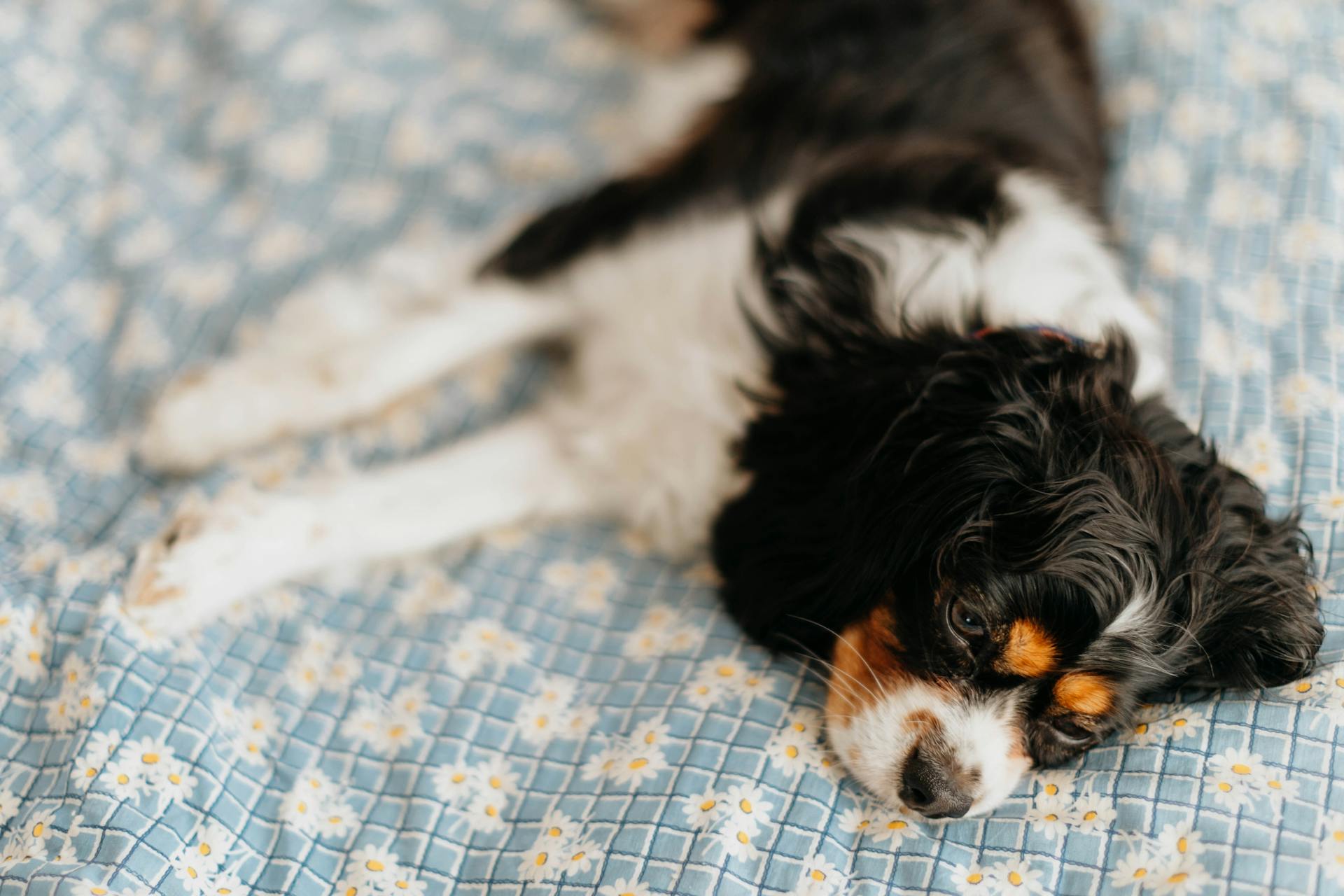
Variations can be a bit confusing, but let's break it down. We have different generations of Havapoos, which give us more control over the outcome.
First-generation Havapoos, or F1 Havapoos, are 50% Havanese and 50% Poodle. This means they inherit traits from both parents equally.
F1B Havapoos, or first-generation backcross, are a mix of F1 Havapoo and Poodle, resulting in 25% Havanese and 75% Poodle. This combination can create a more Poodle-like appearance.
F2 Havapoos, or second-generation, are bred from two F1 Havapoos, making them 50% Havanese and 50% Poodle. This generation can produce a wide range of characteristics.
Here's a simple chart to help you understand the different generations:
Keep in mind that F3 or Multigen Havapoos can have varying percentages of Havanese and Poodle ancestry, making them even more unique.
Havanese Breed
The Havanese breed has a rich history that dates back to the ancient Bichon family. They traveled the world with sea merchants and became popular pets among the upper class and nobility.
The Havanese is a very gentle and affectionate pup, loving human contact, attention, and interaction. He's perfect for people who like a constant companion.
This little guy weighs only 7 to 13 pounds and stands 8 to 12 inches tall, making him a very small toy breed. He has a long silky coat that comes in many different colors, including white, black, sable, gray, and tan.
Havanese
The Havanese is a small white dog that belongs to the ancient Bichon family.
They traveled the world with sea merchants and became popular pets among the upper class and nobility.
The Havanese is a very gentle and affectionate pup that loves human contact, attention, and interaction.
He's perfect for people who like a constant companion and becomes attached quickly, earning him a place in the Velcro dog category.
The Havanese weighs only 7 to 13 pounds and stands 8 to 12 inches tall.
He has a long silky coat that comes in many different colors, including white, black, sable, gray, and tan.
The most common color for the Havanese is white.
What Is a Havanese?
The Havanese is a small, friendly dog breed that originated in Cuba. They were originally bred as a companion dog for the Cuban aristocracy.
These dogs are known for their silky, single-layer coats that require regular grooming to prevent matting. They come in a variety of colors, including white, cream, fawn, and chocolate.
Havanese dogs are intelligent and easy to train, making them a great choice for first-time dog owners. They are also known for their playful and affectionate nature.
On average, Havanese dogs weigh between 7-13 pounds and stand between 8.5-11.5 inches tall at the shoulder. They have a lifespan of around 12-15 years with proper care and attention.
Havanese dogs are prone to certain health issues, such as hip dysplasia and eye problems, so regular veterinary check-ups are essential.
Havanese Mix
The Havanese Mix is a unique and lovable companion. They can inherit the outgoing personality of the Havanese, making them great social butterflies.
These dogs are often a cross between a Havanese and another breed, such as a Bichon Frise or a Poodle. This mix can create a low-shedding coat, ideal for those with allergies.
The Havanese Mix can grow to be around 9-13 inches tall and weigh between 7-13 pounds. Their small size makes them perfect for apartment living.
Their intelligence and trainability make them a great choice for first-time dog owners. With positive reinforcement, they can learn to obey commands and behave well in public.
Their affectionate nature means they thrive on human interaction and can become attached to their family members. They love to play and cuddle, making them a great addition to any family.
Havapoo vs Havanese
The Havapoo and Havanese are both popular breeds, but they have some key differences.
The Havapoo is a cross between a Havanese and a Poodle, which makes it a low-shedding dog.
In contrast, the Havanese is a purebred breed that originated in Cuba and is known for its silky, hypoallergenic coat.
Havapoos are often smaller than Havanese dogs, weighing between 7-13 pounds.
Havanese dogs typically weigh between 7-13 pounds as well, but some can reach up to 18 pounds.
Havapoos require regular grooming to prevent matting and tangling of their fur, which can be a challenge for some owners.
Havanese dogs also require regular grooming to maintain their coat's health and appearance.
Take a look at this: How to Cut a Havanese Dogs Hair
Frequently Asked Questions
What are the negatives of Havapoo?
Havapoo owners may be concerned about potential health issues, including patellar luxation, hypothyroidism, deafness, Addison's disease, cataracts, and epilepsy, which can impact their dog's quality of life. Regular veterinary check-ups and genetic testing can help identify these conditions early on.
Featured Images: pexels.com
